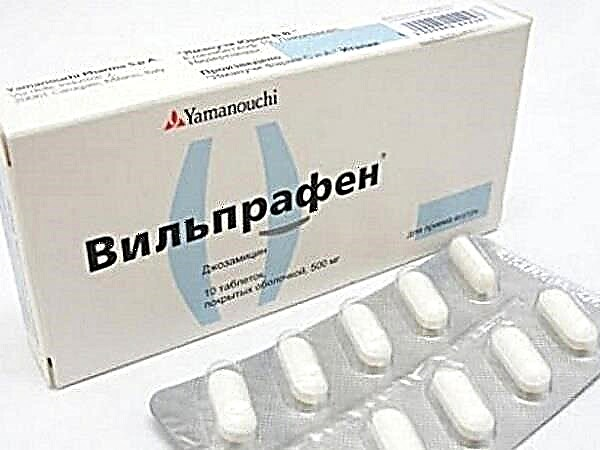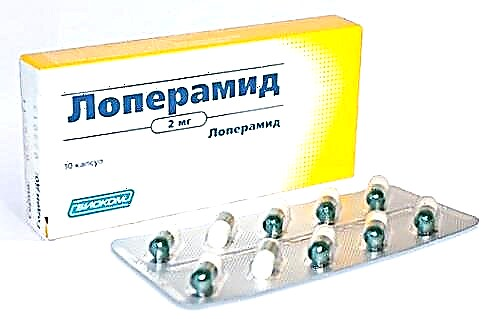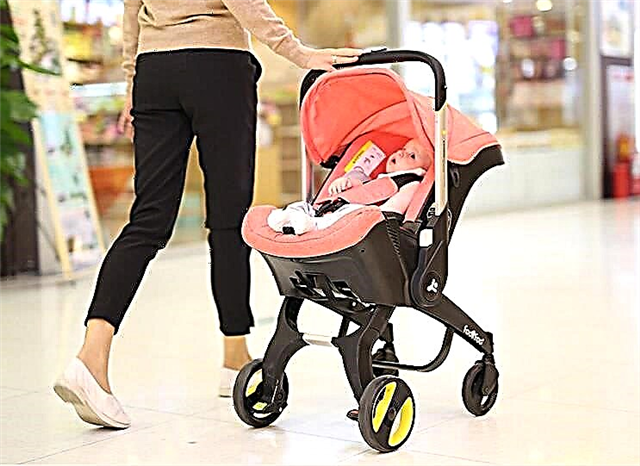Cuts, abrasions, scratches are so common in our lives and the lives of our children. Sometimes this is a trifle that brings a lot of inconvenience, and sometimes it is a huge problem that plunges into panic.
What you need to know about cuts?
A cut is damage to soft tissues with a violation of their integrity and physiological function.
Often times, people ignore these traumas, hoping for self-healing. But in some cases, cuts can get complicated.
It is important to always remember about the tetanus shot. Especially in cases where the injury is deep and received by an object that has been in the ground for a long time.
Treating cuts depends on the depth of the cut and the location of the injury.
Remember to wash your hands with soap and water before giving first aid, and wear gloves if possible.
First aid for wounds of various depths
1. Abrasions and sediments it is advisable to rinse with an aqueous solution of an antiseptic and treat with Fukarcin or brilliant green. It is better to leave such wounds open, but if there is a possibility of repeated injury or wound infection, it is better to cover the wound surface with a bandage.

2. Shallow cuts (for example, a cut of a finger) should be washed with an antiseptic solution (Chlorhexidine, Miramistin, hydrogen peroxide). Then you need to treat the edges of the wound with greenery, apply a dry bandage. Dressings should be done no more than once a day.
3. Deep wounds (that is, more than 2 cm long and 0.5 cm deep), as well as wounds with diverging edges, are washed with an aqueous antiseptic solution. The edges are processed with greenery, a sterile napkin is applied, and a pressure bandage is applied over it.
4. If as a result of the cut, a large vessel suffered, you need to decide on the type of bleeding:
- arterial bleeding is characterized by a rapid flow of scarlet blood. How to stop bleeding when a cut is bleeding like this? To do this at home or on the go, you can take a bandage and apply it above the cut above the artery. Then fix it well by pressing the artery with a bandage and apply a bandage. Possibly pinching the artery with fingers. Moreover, it must always be pressed against the bone.
If you apply a tourniquet, it must be remembered that it cannot be left on the limb for more than two hours in order to avoid trouble (tissue necrosis). Immediately write a note with the exact time to apply the tourniquet;
- for venous bleeding is characterized by a slow flow of dark blood. If the wound is on an arm or leg, the limb must be raised above the level of the wound. A pressure bandage is applied below the injury site.
It may be difficult to remove the dressing during subsequent dressings. In this case, it is necessary to soak it with Chlorhexidine or hydrogen peroxide, then carefully, without tearing, remove the bandage and re-treat the wound.
First aid for cuts in children
Helping children is not much different from helping adults. The only peculiarity is that children either forget about superficial injuries, or panic and cry, causing their parents to feel confused.
The main thing is to calm down and calm your baby. Do not try to convince your child that he is not in pain. Talk about how he is feeling, explain the cause of the pain.
The most common wounds in children
Abrasions on knees and elbows

After an exciting game, the child returned in torn clothes and with his knees down.
What to do?
Have your child take off / roll up clothing in the damaged area. If the abrasion is deep and it is very painful to remove / roll up the clothing, cut it off with scissors.
- wash your hands;
- then take any water antiseptic (Miramistin, Chlorhexidine) and pour it abundantly on the abrasions so as to wash off the dirt and rinse the wound. Blot gently using light pressure;
- take a cotton swab and blottingly apply an aqueous solution of greenery or Fukarcin;
- apply several layers of bandage so that it covers the abrasions, but does not press or interfere with the child's movement.
Cuts on hands
A child, playing with a toy, cut his hand on a sharp edge.
First aid for cutting a finger includes several sequential actions:
- carefully examine the wound, assess its depth, contamination;
- wash your hands;
- rinse the wound with a water antiseptic;
- treat the edges of the wound with an aqueous solution of greenery;
- apply a few sterile wipes and bandage. The wipes will put pressure on the wound and help stop the bleeding.
Do not bandage the wound too tightly. This can worsen the condition of the wound and increase the pain.
- invite the child to take something cold in his hand. If the baby refuses, do not be upset or insist. Your peace of mind in such moments is the most precious thing.
Cut on the face / head
Such a wound plunges into panic even the most calm parents.

- first, ask your child about the circumstances of the injury. Ask if it was a fall or if he accidentally cut himself with a sharp object. Remember, there are a lot of small vessels on the head and even a small wound provokes severe bleeding;
- rinse the wound, apply a bandage and consult a doctor for advice;
- in the event that a child has received a wound due to a fall, especially if he has lost consciousness, an ambulance must be called.
How can you help relieve pain?
- After applying a bandage, an ice heating pad or a bottle of cold water can be placed on the affected area. It is important to ensure that the surface of the heating pad to be applied is dry. If you apply ice to the wound, wrap the container with it in a towel or diaper. This measure will help reduce pain and stop mild bleeding;
- for an adult, you can take any pain medication.
Major mistakes in first aid
The following erroneous actions are possible:
- washing wounds with running water, which leads to their infection;
- treatment of the wound with alcohol solutions, which leads to a chemical burn;
- frequent dressings also stimulate the development of infection in the wound;
- attempts to independently get foreign bodies (fragments, earth) from the wound, which often leads to infection and deepening of the wound;
- use of antibacterial drugs without medical supervision.
Important! The main goals of first aid for cuts are:
- stopping bleeding;
- prevention of wound infection;
- anesthesia.
When is an urgent consultation with a surgeon necessary?
- At the first sign of wound infection. This is swelling, redness around the affected area, an increase in body temperature.
- For cuts (even shallow ones) on the face or head.
- With deep cut wounds in case the bleeding does not stop.
- If sensitivity is lost at or below the cut.
- If the wound does not heal for a long time.
- There is a foreign body in the wound.
- No tetanus shot.
- If the tendons and ligaments are cut. Limb movements are limited or absent.
Article rating:



